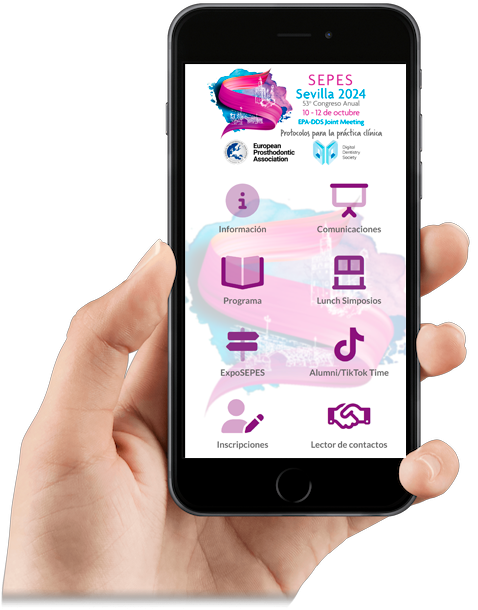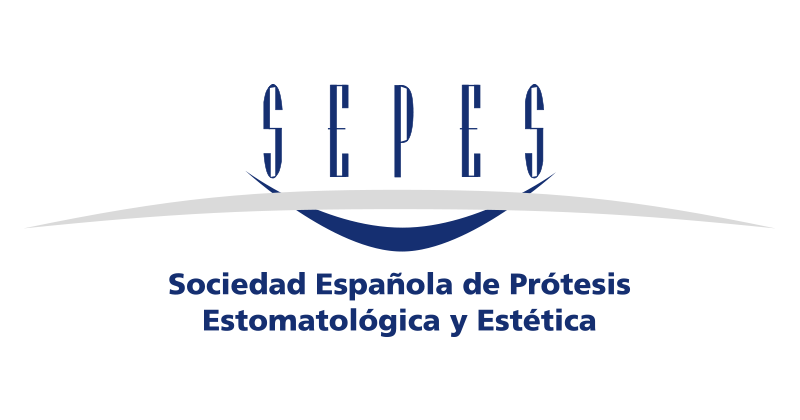5 Strategic keys to prevent the appearance of peri-implantitis from a prosthodontic approach
Periimplantitis has become a major problem due to its high prevalence and uncertain treatment. Both issues make it essential to establish well-defined prevention strategies that reduce its prevalence, as well as the morbidity, emotional impact on patients, and clinical costs associated with this disease. Although the primary etiological agent of periimplantitis is bacteria, there are numerous risk factors and indicators that participate in its onset and development. In recent years, some factors associated with the fabrication and design of the prosthesis have become particularly relevant. It is absolutely essential that prevention strategies have an interdisciplinary orientation and the prosthesis plays a critical role in this equation. In the lecture, we will review the most important factors with a practical approach, some of which, although they may seem to be, are not, and the future lines of research.
CV
- Degree in Dentistry in 2000.
- Master in Periodontics and Implants from the Complutense University of Madrid (UCM).
- Board Certificate in Periodontics from the European Federation of Periodontology (EFP) in 2004.
- Author of various research and articles published in national and international journals.
- Lecturer of courses and conferences at national and international level.
- Dedicated exclusively to periodontics and implants at Periocentrum Guadalajara and in Madrid.
- Professor in the Postgraduate Degree in Periodontics and Implants at the Complutense University of Madrid.
- Member of the Board of the Spanish Society of Periodontology and Implants (SEPA) 2010-2014.
- Owner and co-founder of the PerioCentrum Group.
-
Related content
-
Daniel Rodrigo10/10/2024 15:15 - 16:00
Thursday




